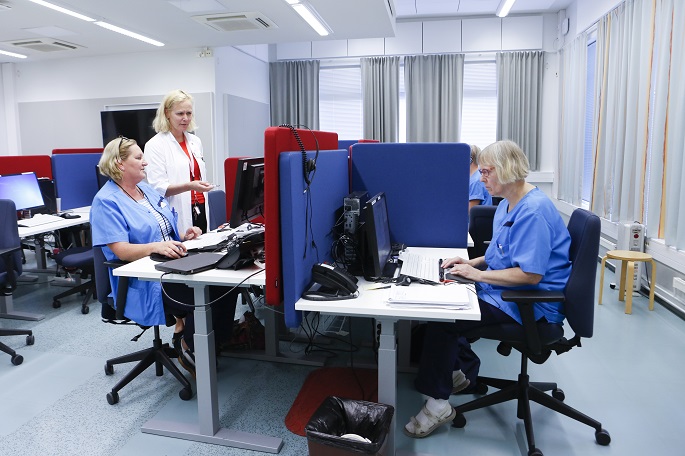54 occupations suffering from labour shortage
Published : 29 Mar 2019, 02:14
Updated : 29 Mar 2019, 02:26
Labour shortage was experienced in 54 occupations at the beginning of 2019 in Finland, compared to 39 a year earlier, according to the Occupational Barometer published by the Ministry of Economic Affairs and Employment on Thursday.
Two years ago, only 24 of the more than 200 occupations covered by the barometer were affected by labour shortage. Similarly, the number of occupations with a surplus of job seekers has decreased, said an official press release.
The number of occupations with a surplus of job seekers was 21 compared with 29 a year before. The reduction is not as significant as before.
According to the occupational barometer, there is a major shortage of skilled speech therapists and office and institutional cleaning staff. There have been some changes in occupations with greatest labour shortage. Only one construction industry occupation remains on the list: construction supervisor.
A year ago, there was a tremendous shortage for construction supervisors, and the top 15 in-demand occupations also included other construction industry occupations such as civil engineers, concrete placers and finishers, and other construction workers.
The health care and social welfare sector accounts for half of the occupations in the top 15 list. In addition to speech therapists, there is significant demand for chief medical officers, medical specialists and general practitioners.
Employment and Economic Development Offices estimate that in the near future, demand will grow in the following occupational groups: cleaners, restaurant workers, home care assistants, building painters and earthmoving machinery operators.
Very few changes have occurred in the top 15 list of occupations with a surplus of job seekers. General secretarial occupations continue to show labour surplus. New on the top 15 list of surplus occupations are product and clothing designers, library workers and special needs assistants.
Occupations with labour surplus include many creative industry occupations such as product designers and marketing and general communications specialists. For a long time, there was a surplus of furniture makers and woodworking-machine tool operators, but now the situation has changed, and the demand and supply of labour are estimated to be in balance.
In a number of occupations, labour shortage has grown significantly in the past two years. Even if the national labour market outlook appears balanced, there are significant regional variations.


